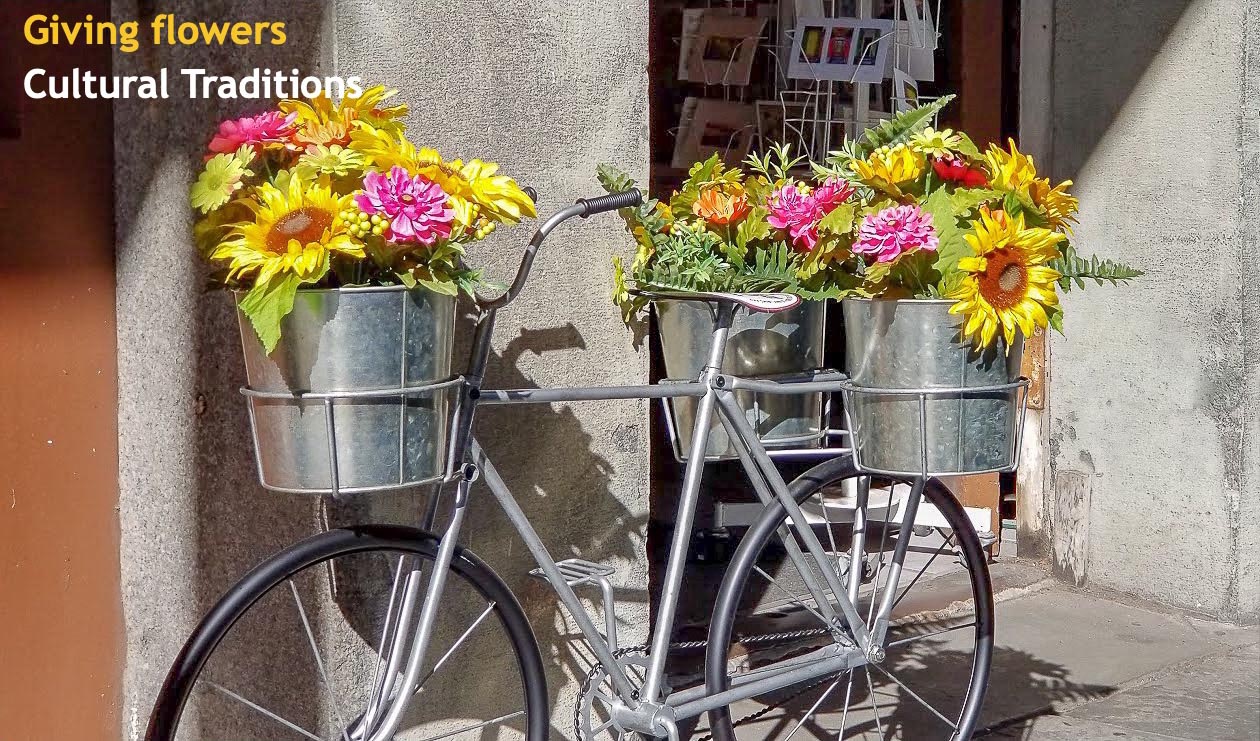Chat with us!
Cultural Traditions in Giving Flowers
Throughout human history, flowers have played a significant role as gestures and gifts. Though specific meanings and cultural traditions may change, flowers remain a part of human connection. It is difficult to trace back a specific time, but probably for hundreds of years, flowers have become a social means of communication to express love, remembrance, apology, or sorrow. However, there are differences in different parts of the world where flower gifting meaning and traditions vary.
For years, giving flowers have been a social means of communication. In the many countries, flowers are often given during rites of passage, for commemorating special occasions or as a heartfelt gift between loved ones and friends. Flower gifting also occurs in most countries around the world. However, the meanings and traditions often vary as to which flowers to give and for which occasions. For instance, it is quite common to bring potted flowers or potted plans when you see somebody in a hospital. However, do not do that in Japan if you want to wish a patient a quick recovery and getting out of bed soon since potted plants suggest an illness may be firmly rooted.
And which flowers do you give for which occasion? And do roses have a different meaning in the United States versus, say, Vietnam?
In quite a few countries such as Vietnam, Japan, and even Germany, white flowers are associated with expressing condolences and as such are reserved for funerals. So the best flowers for mother-in-law day is definitely not white flowers in these countries since you may accidentally send the wrong message. In both Korea and Brazil, the flower most associated with funerals is a white chrysanthemum while in Vietnam, it is tuberose. Most of the readers of this blog are foreign westerners or Viet Kieu (those who were either not born in Vietnam or left the country at a very young age) who may not be aware of the meaning of tuberose in Vietnam. If you don’t want you mother-in-law (or future mother-in-law) to be your ex-mother-in-law then it is essential to know this. In case you are clueless as to what tuberose is or how it looks like, here are some pictures.

In the United States, it might have once seemed inappropriate for a woman to give flowers to a man but it is not that uncommon nowadays. In Brazil and Vietnam, men usually don’t get flowers while giving flowers to a man is not that unusual in Italy. In the Arab world. if a woman wants to send flowers to a man as an expression of thanks, she should send them in his wife’s name.
As for roses, they might be the most meaningful flower across the globe, but what meaning that is depends on where you are. Also, the number of roses you give can have significance in different cultures as well. In Vietnam, if you give someone a single rose, it is saying that you are in love with that person. In Brazil, instead of a single rose, you will need 12 of them to convey your love. In Italy, you will need a bunch of red roses to give an expression of passionate love. As you can see, being in love would be a costly affair if you are an Italian man.
The history and cultural tradition of giving flowers continue to be written. The internet has made the world smaller and the language of flowers probably will gradually be converging to have universal meaning for conveying sentiments to others. The Internet also makes it possible for online flower shops such as viet-flowers.com to have the flowers of your choice delivered to your special someone across the continent the same day you order it.



Leave a Reply
You must be logged in to post a comment.